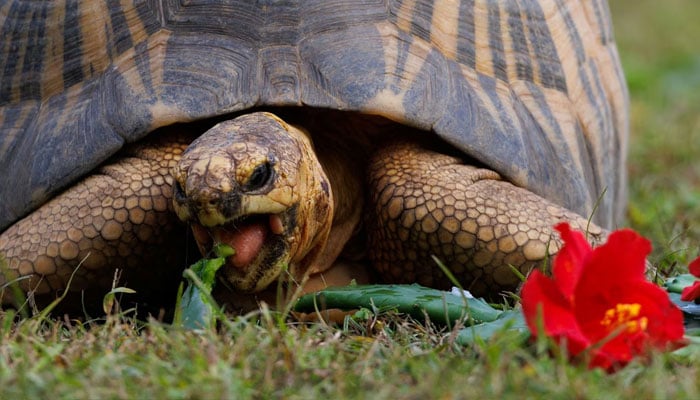Which temperature is best for all life to thrive amid global warming threat?
The Corkrey model adds weight to this effect, demonstrating its stability in biological processes for microbes, multi-cellular organisms
February 20, 2024

Research, spanning continents from New Zealand to Canada has identified that 20°C is the universal optimal temperature for life on Earth, Science Alert reported.
The quest for this critical temperature began with the realisation that the thermal ranges of animals, plants, and microbes overlap at this specific point.
Driven by a systematic review of published research, the findings challenge assumptions about species distribution and highlight the significance of 20°C in various measures of biodiversity.
The research, spanning continents from New Zealand to Canada, unveils a pattern where the number of marine species peaks in subtropical regions rather than at the equator. Notably, this phenomenon deepened since the last ice age, accelerating due to global ocean warming.
The Corkrey model, developed in Tasmania, adds weight to the 20°C effect, demonstrating its stability in biological processes for microbes and multi-cellular organisms. Surprisingly, this pivotal temperature extends its influence beyond marine species, impacting biodiversity globally.
Instances abound where temperatures exceeding 20°C result in adverse effects on crucial measures such as tolerance to low oxygen, algal productivity, predation rates, and genetic diversity. The model predicts that thermal breadth is minimised, and biological processes are most stable at 20°C, explaining the observed species richness across all life domains.
With implications for climate change, the 20°C effect implies constraints on tropical species' ability to adapt to higher temperatures. While marine species can potentially shift their ranges, land species face challenges due to human-modified landscapes. The simplicity of the 20°C effect serves as an explanation for diverse phenomena, from extinction rates to biological productivity.
This groundbreaking discovery underscores the fundamental role of 20°C in shaping ecosystem processes, species distribution, and the evolution of life, offering a new lens through which to understand the intricate dance between temperature and life on Earth.









